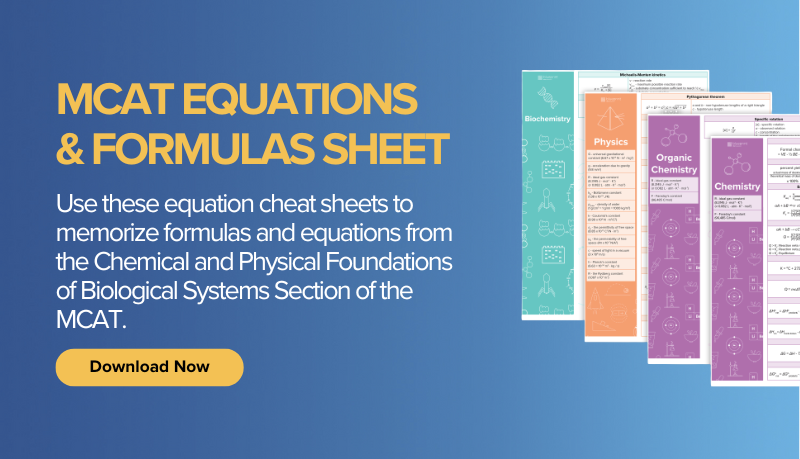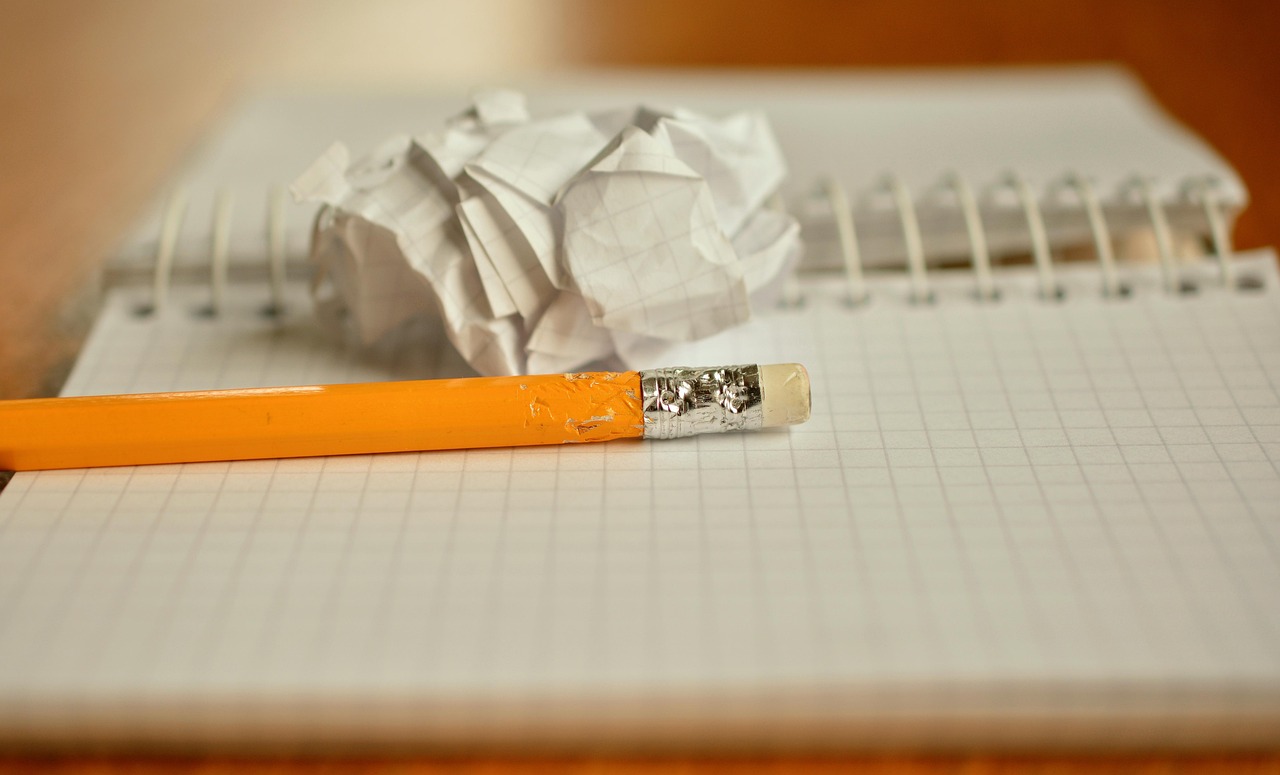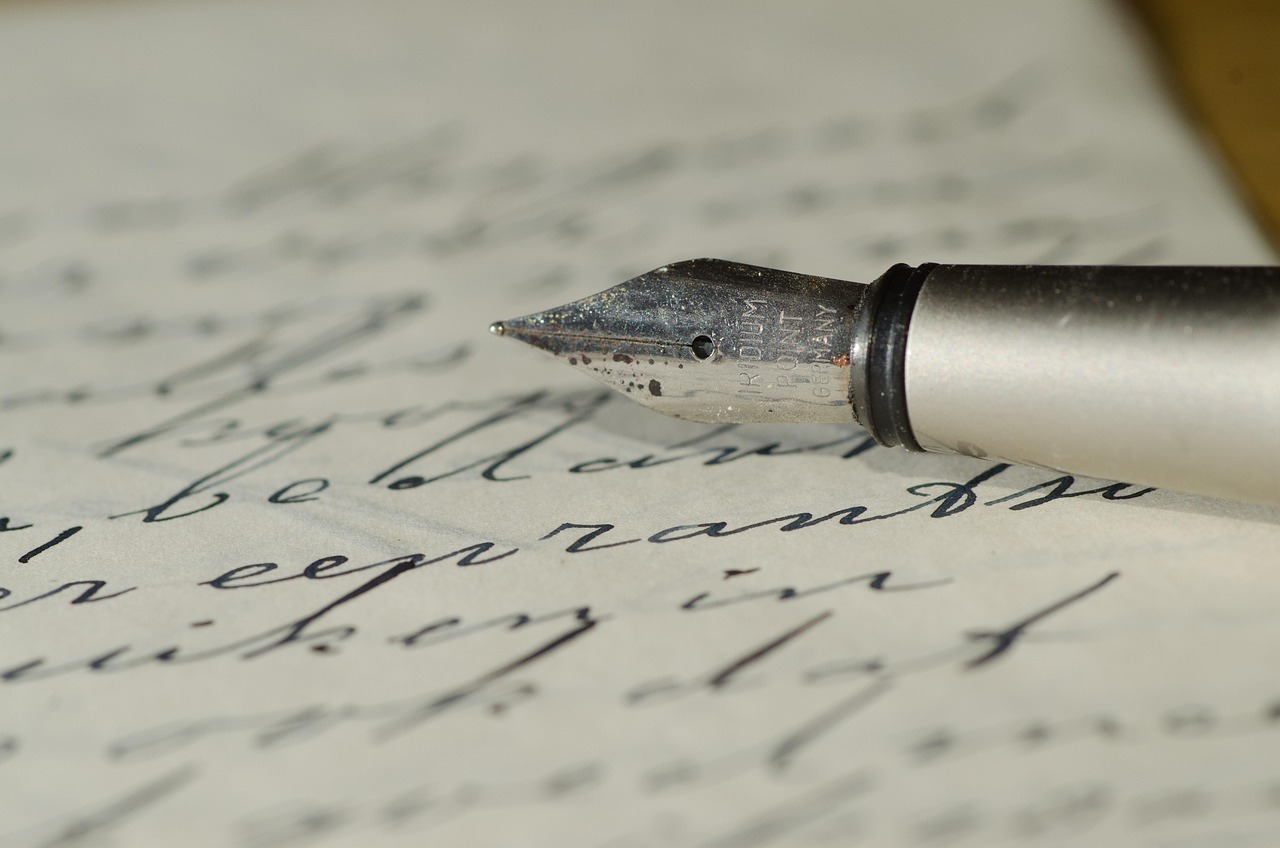When studying for the MCAT, many students wonder, do you get scratch paper on the MCAT? The answer is yes, but not in the traditional sense. Instead of loose sheets of paper, test-takers are provided with a laminated noteboard and a fine-tip marker to use throughout the exam. While this setup may differ from what you’ve used thus far, mastering its use can really impact your performance. In this guide, we’ll explore how to efficiently utilize your noteboard for test day!
Understanding the Noteboard, Your MCAT Test Day Scratch Paper
Instead of traditional scratch paper, MCAT test-takers receive a spiral-bound laminated booklet (typically around 6 pages) and a fine-tip wet-erase marker. The pages must be used wisely since erasing them during the exam is not allowed. You can request additional noteboards from test center staff if you run out of space, but planning ahead is key!
Further Reading
Strategies to Use Your MCAT Noteboard Effectively
1. Organize Your Noteboard Efficiently
The first step to making the most of your noteboard is structuring your notes in a way that minimizes clutter and maximizes quick retrieval. A great method is to divide a page into sections; this is what I did for test day, as it helped to organize and quickly find notes I needed for later.
2. Use the Tutorial Period
Before you begin the Chemical and Physical Foundations of Biological Systems (C/P) section, you’ll have a 10-minute tutorial that introduces you to the MCAT interface—clicking, highlighting, and basic mouse functions. This tutorial is the same one available on the AAMC website. Since most students are already familiar with the system, you can use this time to write down key formulas, constants, and mnemonics on your noteboard before your countdown starts. This small head start can make a big difference, especially in calculation-heavy sections.

3. Tracking Passage Information
The MCAT is a passage-heavy exam, and keeping track of information efficiently is crucial. Use shorthand and symbols to highlight key details on your scratch paper/noteboard.
- For complex, convoluted CARS passages: Write down the main idea and tone of each paragraph to avoid re-reading (don’t rely on this for every passage but use it for the extra confusing ones).
- For science passages: Jot down important experimental variables, trends, and conclusions (same rules as above).
4. Setting Up Equations and Diagrams
In the MCAT Chem/Phys section, set up equations and diagrams to save valuable time.
- Write down essential physics equations at the start of the section to avoid mental strain.
- Draw quick reaction mechanisms (SN1/SN2) in organic chemistry to track electron flow.
- Sketch diagrams for biology passages to visualize (like central dogma).
Sign up to get expert tips and exclusive invites to free MCAT classes and medical school admissions workshops!
5. Managing Time Effectively
Time management is critical on the MCAT, and your noteboard can help. I liked to write down my target question numbers for each time interval to stay on pace.
Final Thoughts
While you don’t get traditional scratch paper on the MCAT, the laminated noteboard is a powerful tool when used correctly. By developing a structured approach and practicing with it beforehand, you can optimize your test-taking strategy and improve efficiency on exam day!
No matter where you are in your premed journey, Blueprint MCAT is here to help when you’re ready to take the MCAT. Whether you need the flexibility of a Self-Paced Course, the instruction of a Live Course, or 1:1 assistance of a private MCAT tutor, Blueprint MCAT has the MCAT prep option that works for your learning style!
Get started with a free MCAT diagnostic, one free practice exam, and tons more MCAT prep resources




